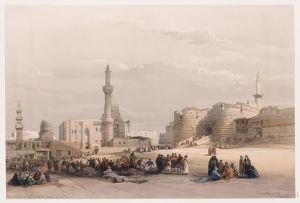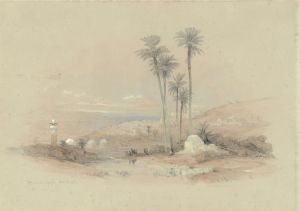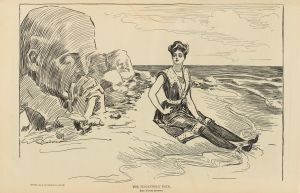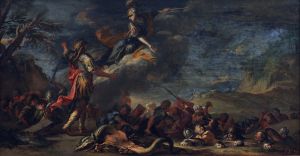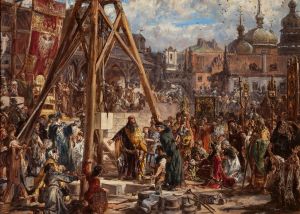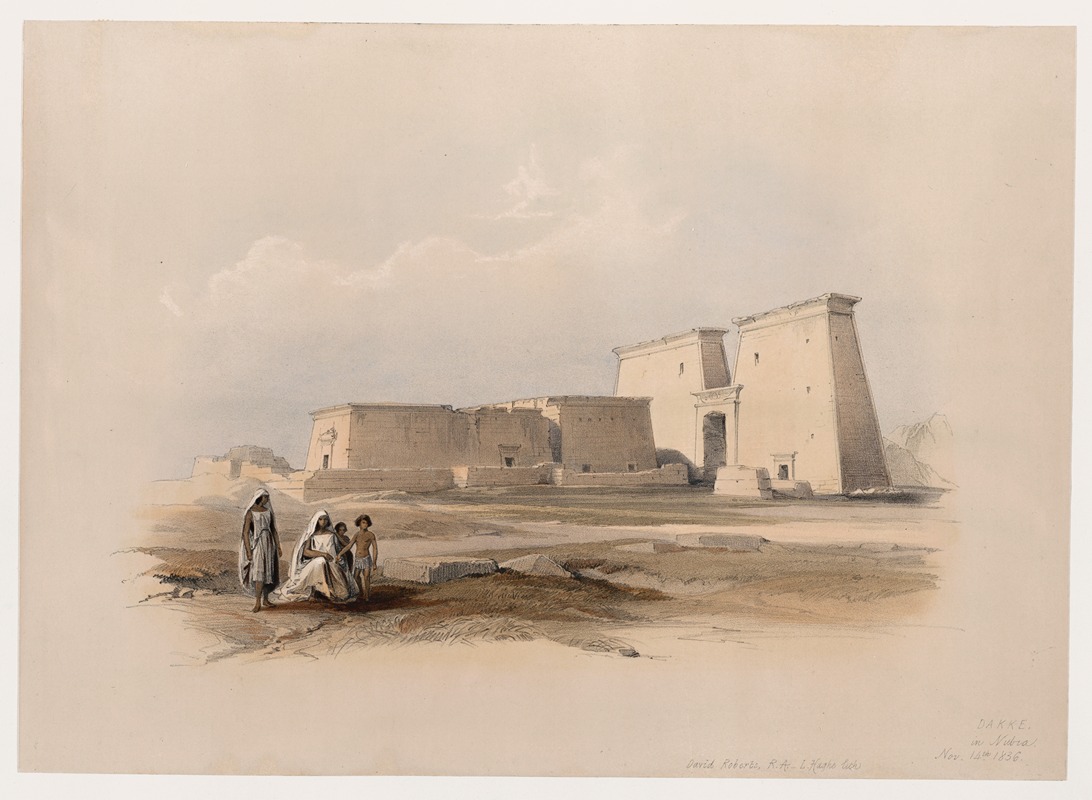
Dakke, in Nubia. Nov. 14th, 1836.
A hand-painted replica of David Roberts’s masterpiece Dakke, in Nubia. Nov. 14th, 1836., meticulously crafted by professional artists to capture the true essence of the original. Each piece is created with museum-quality canvas and rare mineral pigments, carefully painted by experienced artists with delicate brushstrokes and rich, layered colors to perfectly recreate the texture of the original artwork. Unlike machine-printed reproductions, this hand-painted version brings the painting to life, infused with the artist’s emotions and skill in every stroke. Whether for personal collection or home decoration, it instantly elevates the artistic atmosphere of any space.
David Roberts (1796–1864) was a Scottish painter known for his detailed and accurate depictions of architectural and historical sites, particularly in the Middle East and North Africa. One of his works, "Dakke, in Nubia. Nov. 14th, 1836," is part of his extensive series of sketches and paintings created during his travels in the region. This particular piece captures the Temple of Dakka, an ancient Nubian temple located in what is now modern-day Sudan, near the border with Egypt.
The Temple of Dakka, originally dedicated to the god Thoth, was constructed during the Meroitic period and later expanded under Ptolemaic and Roman rule. It is notable for its blend of Egyptian and Greco-Roman architectural styles, reflecting the cultural and political influences of the time. By the 19th century, when Roberts visited the site, the temple was already in a state of partial ruin, but its grandeur and historical significance remained evident.
Roberts visited Nubia as part of his larger journey through Egypt and the Holy Land, which he undertook between 1838 and 1839. During this expedition, he produced numerous sketches and studies of ancient monuments, landscapes, and local life. These works served as the basis for his later lithographs, which were published in the six-volume series "The Holy Land, Syria, Idumea, Arabia, Egypt, and Nubia" (1842–1849). The series was highly influential and brought the wonders of the Middle East and North Africa to a European audience, many of whom had never seen such sites before.
"Dakke, in Nubia. Nov. 14th, 1836" was likely created as a preparatory sketch or study during Roberts's travels. The date in the title indicates the specific day he visited the site, highlighting his meticulous approach to documenting his journey. His works are celebrated for their accuracy and attention to detail, as well as their ability to convey the scale and atmosphere of the locations he depicted.
Today, David Roberts's works are considered valuable historical records of the 19th-century Middle East and North Africa, as they provide insights into the condition of these sites before modern restoration efforts and the construction of the Aswan High Dam, which led to the relocation of many Nubian monuments. The Temple of Dakka, along with other Nubian temples, was moved to higher ground in the 1960s to save it from flooding caused by the dam's reservoir, Lake Nasser.
Roberts's artistic legacy endures, and his depictions of Nubia and other regions remain an important resource for historians, archaeologists, and art enthusiasts.





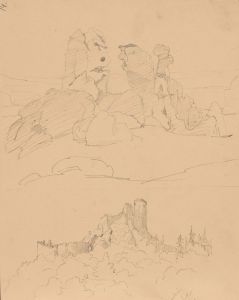
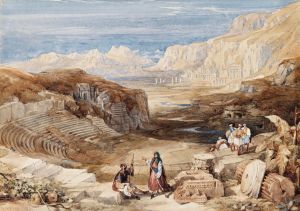
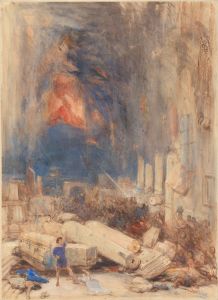
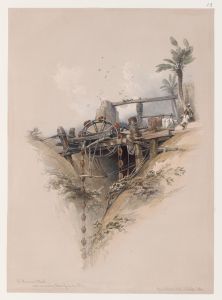
![Edfou [Edfu, Idfû]. Nov. 24th, 1838.](/imgs/217476/s/david-roberts-edfou-edfu-idfu-nov-24th-1838-1a041c82.jpg)
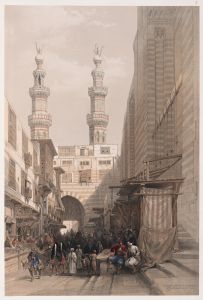
![Pyramids of Gezeeh [Giza], from the Nile.](/imgs/217530/s/david-roberts-pyramids-of-gezeeh-giza-from-the-nile-56ef7f56.jpg)
![Ruins. Temple on the Island of Biggeh [Bîga, Bîjah], Nubia.](/imgs/217537/s/david-roberts-ruins-temple-on-the-island-of-biggeh-biga-bijah-nubia-1cd1f41d.jpg)
![Temple of Wady Kardassy [Qirtâsî] in Nubia.](/imgs/217550/s/david-roberts-temple-of-wady-kardassy-qirtasi-in-nubia-d2cce283.jpg)
